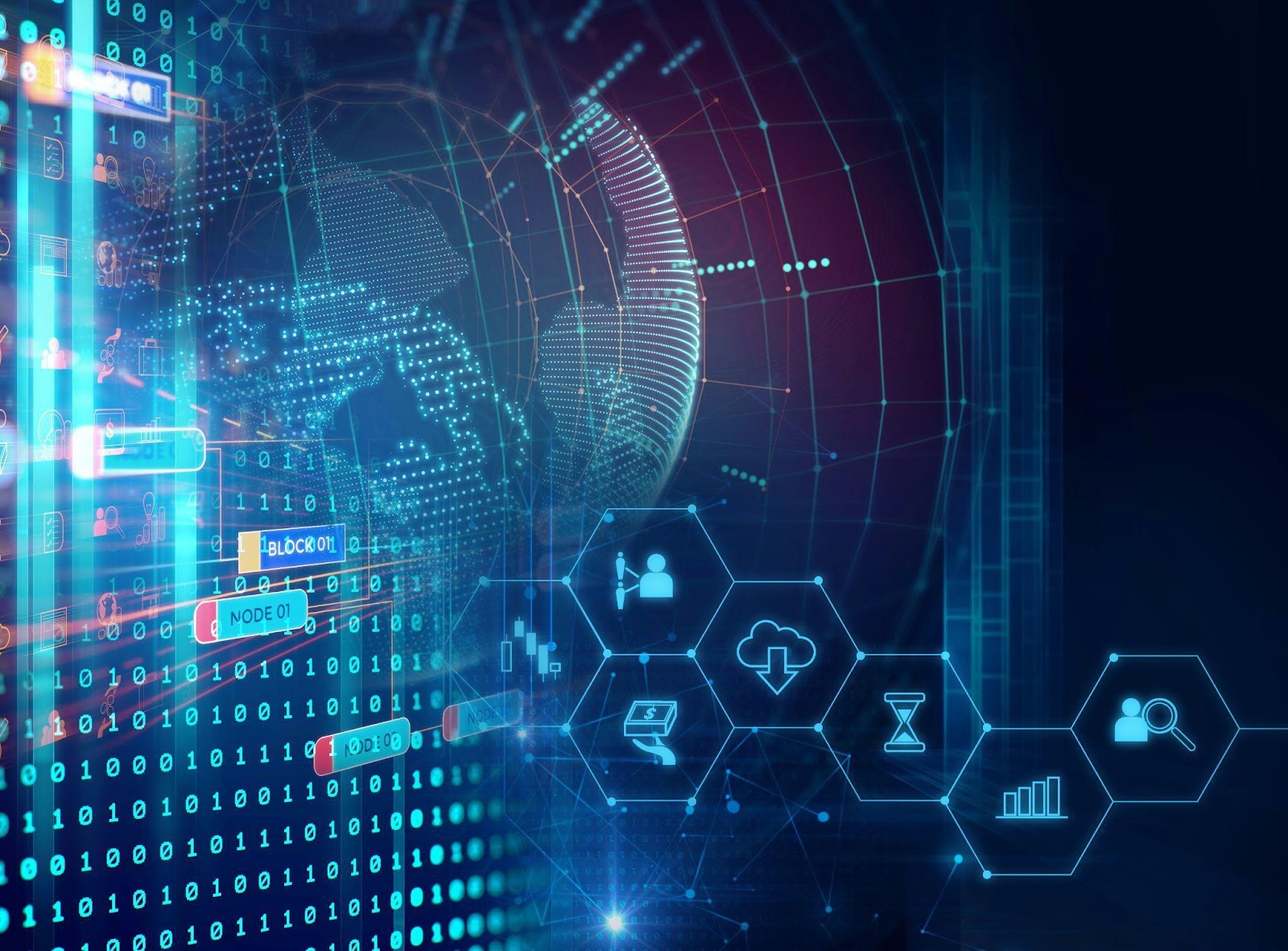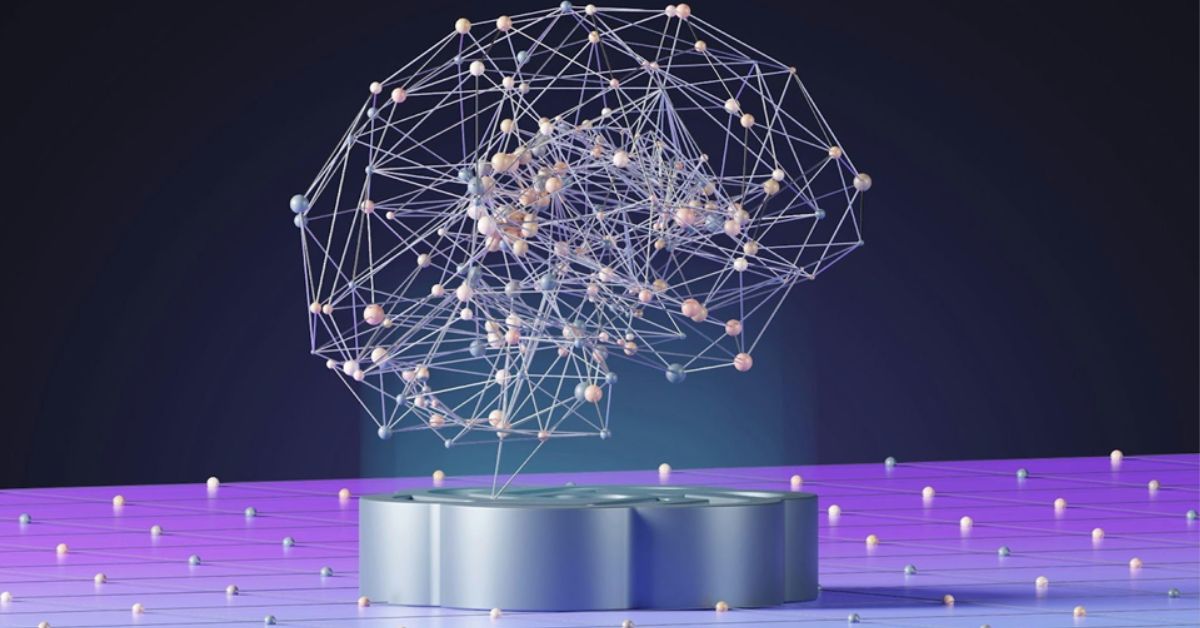In today’s rapidly evolving technological landscape, computer vision stands at the forefront of innovation, enabling machines to interpret and process visual information with remarkable accuracy. This transformative field of artificial intelligence (AI) has revolutionized industries ranging from healthcare to automotive manufacturing. For example, DigitalSense – computer vision solutions leverage artificial intelligence to enhance image and video analysis, enabling businesses to derive actionable insights and improve operational efficiency.That is why this company is at the forefront of advancing computer vision technologies.
Computer vision is an interdisciplinary field that combines principles from machine learning, image processing, and neural networks to enable computers to extract insights from images and videos. It mimics human visual perception but offers greater precision and speed, making it invaluable across numerous industries. Whether it’s used for facial recognition, medical imaging, or autonomous vehicles, computer vision is shaping the future of automation and artificial intelligence.
Understanding Computer Vision
At its core, computer vision is a branch of AI that enables computers to interpret and make decisions based on visual data from the world. This involves the automatic extraction, analysis, and understanding of useful information from a single image or a sequence of images. The ultimate goal is to enable machines to understand visual inputs as effectively as humans do.
Computer vision works by converting digital images into numerical representations that can be analyzed by algorithms. These algorithms detect patterns, recognize objects, and classify images into meaningful categories. Unlike traditional image processing, which focuses on modifying or enhancing images, computer vision seeks to understand and interpret them, enabling applications such as:
- Object detection and recognition
- Image segmentation
- Optical character recognition (OCR)
- Gesture and facial recognition
- Scene understanding in robotics and autonomous systems
How Does Computer Vision Work?
Computer vision operates through a series of steps that allow machines to process and interpret visual data:
- Image Acquisition
- The process begins with capturing visual data using devices like cameras, sensors, or scanners. This data serves as the raw input for further analysis.
- High-resolution images or video frames are collected for processing.
- Preprocessing
- Captured images often require preprocessing to enhance quality and remove noise. Techniques such as resizing, normalization, and filtering are applied to prepare the images for analysis.
- Preprocessing can also involve color correction, contrast adjustment, and sharpening to improve feature extraction.
- Feature Extraction
- In this step, specific attributes or features (such as edges, textures, or colors) are identified within the image. These features are crucial for distinguishing different objects or patterns.
- Deep learning techniques, such as convolutional neural networks (CNNs), are commonly used to extract hierarchical features from images.
- Model Training
- Using machine learning algorithms, models are trained on large datasets containing labeled images. This training enables the model to learn patterns and make accurate predictions or classifications.
- Training datasets can include millions of images, requiring advanced computational power and cloud-based resources.
- Object Detection and Recognition
- The trained model analyzes new images to detect and recognize objects, patterns, or anomalies. This involves comparing extracted features to the learned patterns from the training phase.
- Advanced algorithms such as YOLO (You Only Look Once) and Faster R-CNN enable real-time object detection with high accuracy.
- Decision Making
- Based on the recognition results, the system can make informed decisions or take specific actions, such as sorting items on a conveyor belt or guiding autonomous vehicles.
- Integration with robotic systems allows automated responses based on visual data interpretation.
Applications of Computer Vision

The versatility of computer vision has led to its adoption across various industries:
- Healthcare
- Computer vision aids in medical imaging analysis, assisting in the detection of diseases like cancer through the interpretation of X-rays, MRIs, and CT scans.
- AI-powered vision systems help radiologists identify anomalies and improve diagnostic accuracy.
- Automotive Industry
- Autonomous vehicles rely on computer vision to navigate roads, detect obstacles, and interpret traffic signals, enhancing safety and efficiency.
- Lane detection, pedestrian tracking, and real-time hazard recognition are crucial components of self-driving systems.
- Retail
- Retailers utilize computer vision for inventory management, automated checkout systems, and personalized shopping experiences through facial recognition.
- Smart shelves equipped with cameras can monitor stock levels and update inventory databases in real-time.
- Manufacturing
- Quality control processes are streamlined using computer vision to identify defects in products on assembly lines.
- AI-powered cameras inspect packaging, ensuring compliance with industry standards.
- Security
- Surveillance systems employ computer vision to monitor activities, recognize faces, and detect unusual behavior in real-time.
- Automated threat detection enhances security protocols in airports, banks, and public spaces.
Leading Companies in Computer Vision
Several companies have emerged as leaders in the computer vision industry:
- DigitalSense
Founded in 2008 and headquartered in Montevideo, Uruguay, DigitalSense is an artificial intelligence company specializing in machine learning and computer vision solutions. With a team boasting over a decade of experience, DigitalSense offers custom AI development, AI consulting services, and proof-of-concept creation. Their expertise spans various industries, including biometrics, agriculture, and space technology. Notably, DigitalSense has collaborated with industry leaders such as Universal, Ulta, and Satellogic, providing tailored AI-driven solutions to meet their unique challenges. Their commitment to applied research and development has positioned them as a trusted partner for organizations seeking to integrate advanced AI technologies into their operations.
- Viso.ai
Established in 2018 in Schaffhausen, Switzerland, Viso.ai offers an end-to-end computer vision platform known as Viso Suite. This platform enables users to build, deploy, and manage visual AI applications without extensive coding knowledge. Viso Suite features a visual programming interface, pre-built modules, and real-time monitoring dashboards, facilitating the rapid development and scaling of computer vision solutions across various sectors, including logistics, healthcare, and agriculture.
3. Clarifai
Founded in 2013, Clarifai is a leading AI platform specializing in computer vision, natural language processing, and audio recognition. Headquartered in Wilmington, Delaware, with additional offices in San Francisco and Tallinn, Estonia, Clarifai offers a comprehensive suite of tools that enable organizations to transform unstructured visual, textual, and auditory data into actionable insights. Their platform supports various applications, including visual search, content moderation, and facial recognition. Their technology is utilized across multiple industries, such as e-commerce, defense, and manufacturing, assisting businesses in accelerating their digital transformation initiatives.
Challenges and the Future of Computer Vision

Despite its advancements, computer vision faces several challenges that hinder its full potential. One significant issue is the variability in visual data. Differences in lighting, angles, and backgrounds can impact the accuracy of image interpretation, making it difficult for models to generalize across diverse conditions. Additionally, data privacy concerns have emerged with the growing use of facial recognition and surveillance systems, raising ethical questions about security and consent. As AI-powered computer vision applications become more widespread, striking a balance between technological advancement and individual privacy remains a key challenge.
Another critical obstacle is the high computational requirements of processing vast amounts of high-resolution images and videos. Training deep learning models for computer vision tasks demands substantial computational power and storage resources, making it essential for companies to invest in advanced infrastructure. Real-time processing is another hurdle, particularly in applications like autonomous driving, where immediate analysis is necessary to make split-second decisions. Achieving efficient, low-latency processing remains a top priority for developers and researchers.
According to a report by the MIT Computer Science and Artificial Intelligence Laboratory, recent advancements in AI-driven visual processing are helping to overcome these challenges by improving model accuracy and reducing computational costs.
Looking ahead, the future of computer vision is promising, with ongoing research focusing on overcoming these challenges. One major area of development is improving accuracy by creating models that can handle variability and complexity in visual data more effectively. Additionally, integrating computer vision with other technologies, such as natural language processing and augmented reality, will open new possibilities for immersive and interactive applications.
Edge computing is also playing a significant role in advancing computer vision by enabling visual data processing on local devices. This reduces latency, enhances real-time capabilities, and allows for more efficient AI-driven decision-making. Furthermore, ethical frameworks are being established to address privacy concerns and ensure the responsible use of computer vision technologies. By implementing policies that regulate data usage and security, the industry aims to strike a balance between innovation and ethical considerations.
As computer vision continues to evolve, it holds the potential to transform how machines interact with the visual world, leading to innovations that were once the realm of science fiction. From autonomous systems to advanced medical diagnostics, the possibilities for computer vision are expanding rapidly, shaping the future of AI-driven automation and intelligent decision-making.
ALSO READ: Revolutionizing Power Management with chargomez1 Technology

